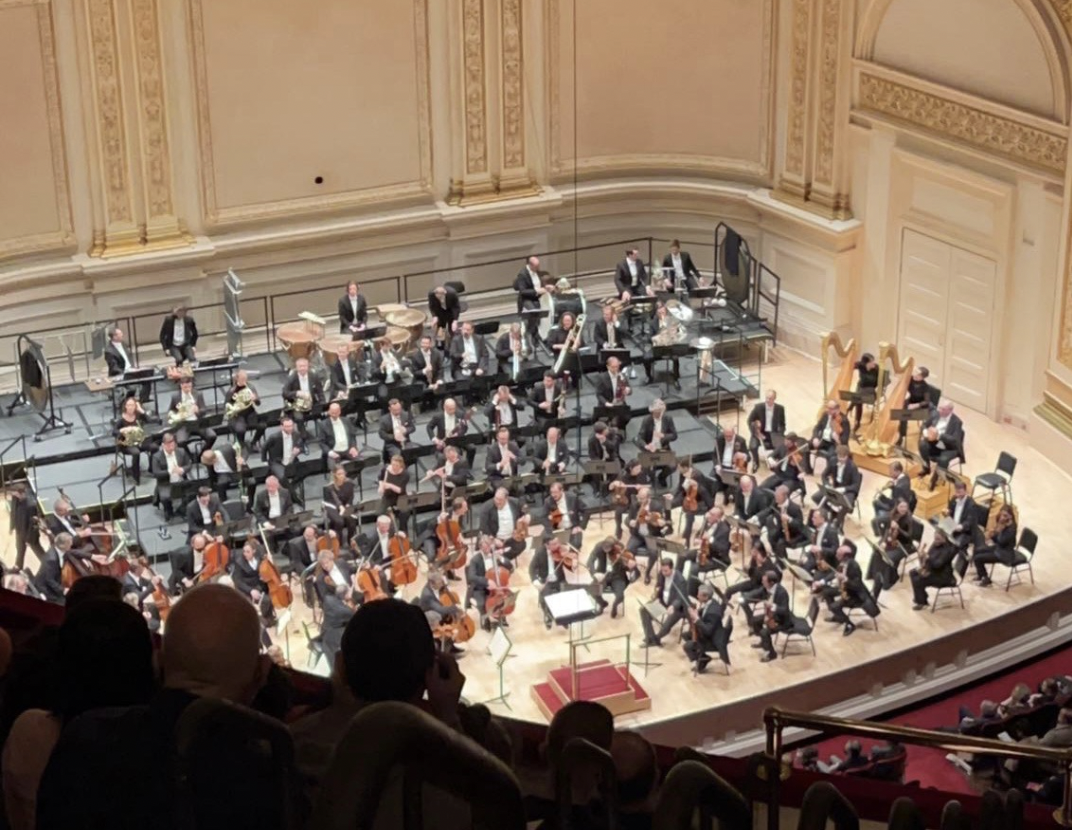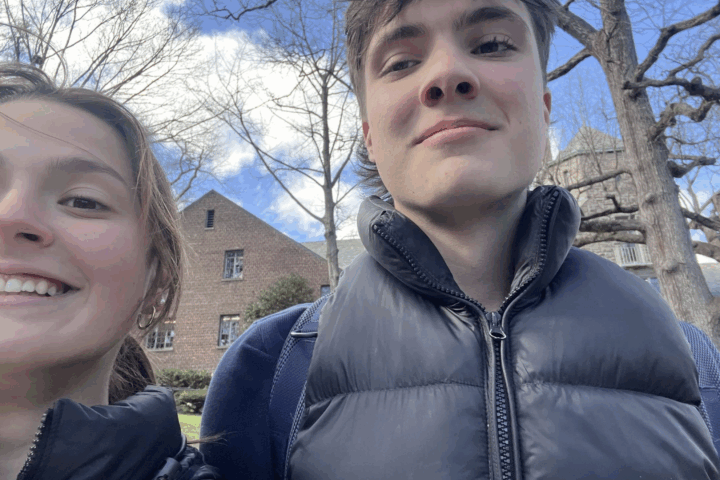On Saturday night, the Berlin Philharmonic concluded its annual series of concerts at Carnegie Hall with a riveting performance of Gustav Mahler’s Symphony No. 7. The Berlin Philharmonic, led by the pristine conductor Kirill Petrenko, is one of the world’s premier orchestras, renowned for its limitless repertoire and beautiful sound. Its yearly performances at Carnegie Hall are amongst New York’s most highly anticipated and popular cultural events.
Mahler’s Seventh received its New York premiere at Carnegie Hall in 1923, and almost exactly 100 years later, it returns to the very same theater. Mahler believed the Seventh to be his best work, and yet it is one of the least understood and appreciated pieces in the canon. Mahler insisted that the Seventh was “predominantly of a cheerful character.” This is likely because he composed it during one of the least turbulent periods of his unhappy life. In 1904, he had just begun to enjoy international fame as a composer, and later that year, his second daughter was born. Musicologists infer that this explains the optimism and liveliness of the symphony, compared to the “tragic” nature of Mahler’s earlier works.
The instrumentation of the symphony is quite inventive, even for Mahler, who was known for his large orchestral forces, featuring obscure sounds such as gongs, mandolin, and cowbells. The score is intricate and complex, constantly shuffling in styles and moods, bouncing from soft chamber passages and delicate ditties to powerful Wagnerian climaxes and dramatic tutti. Fieldston Band Director Eric Gilley, who was present at Saturday’s performance, emphasized the importance and grandeur of the brass section in the Seventh, which we both — he, as a Trumpet player, and I, as a French Horn player — very much enjoyed.
The first movement opens in media res, with a soft funeral march, reminiscent of the Fifth symphony. Mahler called this opening procession a “song of nature.” Suddenly, the movement develops into a frantic Allegro containing harmonic instability and disintegration — a hint to Arnold Schoenberg’s atonal revolution which had taken Europe by storm in the early 20th century. The middle “night music” movements are languid and ghostlike, earning the symphony’s subtitle Song of the Night. They are packed with melodic solo passages by the woodwinds. The finale, which Mahler called “bright day,” is quite the opposite. It opens with the rhythmic and orgiastic pounding of the timpani and revisits themes from earlier movements in a chaotic skirmish of melodies. The symphony ends idiosyncratically, with a stray G# chord resolving to a loud and stubborn C Major.
Conductor Pierre Boulez once commented on Mahler’s “meticulousness of detail” and “grandeur of design,” and the Seventh is perhaps the best example of these. Petrenko, a Mahler expert, highlighted each element of the colorful score and brought out the best possible sound from every individual musician as if piecing together the parts of a great musical puzzle. Petrenko had his magnificent orchestra sounding beautiful throughout the evening, producing a fresh and honeyed tone from start to finish. From the loudest climaxes to the softest solo passages, every aspect of the symphony was perfectly executed. While each section of the ensemble sounded superb as a unit, the solo playing was particularly magical, especially in the middle movements. Indeed, it was not the typical Mahlerian crescendos, but the ethereal diminuendos and elegant melodies that brought me chills. Overall, this concert was one of the best I have ever had the privilege of attending. Now, we can only wait for next year when the Berlin Philharmonic returns for another visit.
Other exciting Carnegie Hall programs in the near future include a solo recital headlined by superstar tenor Juan Diego Florez in January, and the Vienna Philharmonic’s series of concerts in March.






